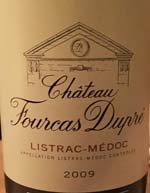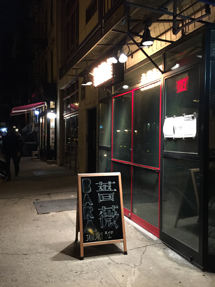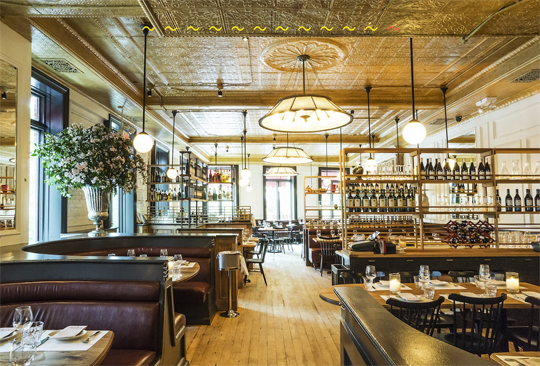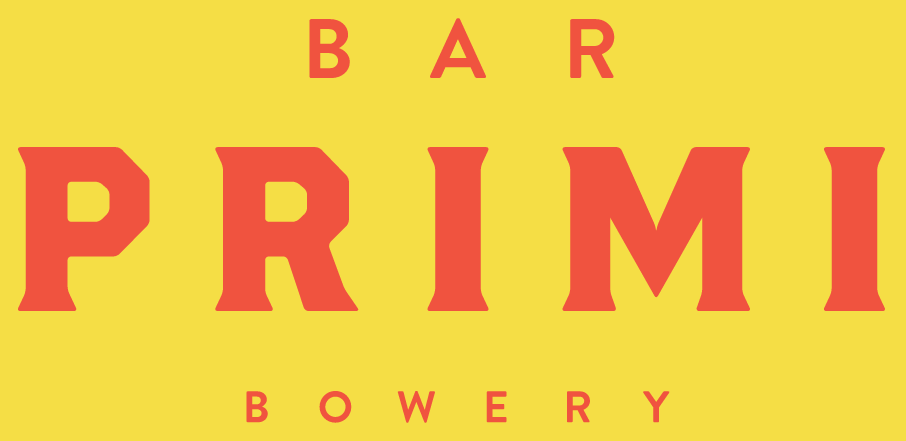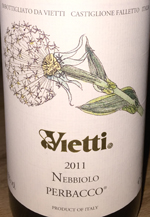Cafe Clover
 Monday, February 23, 2015 at 01:37PM
Monday, February 23, 2015 at 01:37PM 

 One website called it a “farm-to-nutritionist-to-table restaurant.” That nutritionist, according to the pre-opening press, is Mike Roussell, Ph.D. His name isn’t on the website, but his presence looms large at Cafe Clover, which opened recently in the West Village.
One website called it a “farm-to-nutritionist-to-table restaurant.” That nutritionist, according to the pre-opening press, is Mike Roussell, Ph.D. His name isn’t on the website, but his presence looms large at Cafe Clover, which opened recently in the West Village.
The chef here is David Standridge, formerly of Market Table and L’Atelier de Joël Robuchon. You’d think, with that pedigree, his menu wouldn’t need an editor. And yet:
“Unlike a health food restaurant that starts with a healthy perspective, I start from a delicious food perspective and then try to eliminate unnecessary calories and also try to make things more healthy,” Standridge, says, of the Café Clover concept.
To do that, he creates the menu and then gets a full nutritional analysis from Dr. Roussell, who will report on things like if a dish has too many calories or carbs, and then send Standridge back to the kitchen to tweak it.
 The result is as joyless as it sounds: a cuisine that is clinically executed and hopelessly dull. Do we really want a restaurant where every dish tastes like a nutrition lecture?
The result is as joyless as it sounds: a cuisine that is clinically executed and hopelessly dull. Do we really want a restaurant where every dish tastes like a nutrition lecture?
Restaurants have struggled on this West Village street corner, most recently home to 10 Downing and La Villette. But there’s nothing wrong with the neighborhood, as El Toro Blanco is still packing them in, on the same block. If Cafe Clover fails, I’d blame the concept, not the space.





